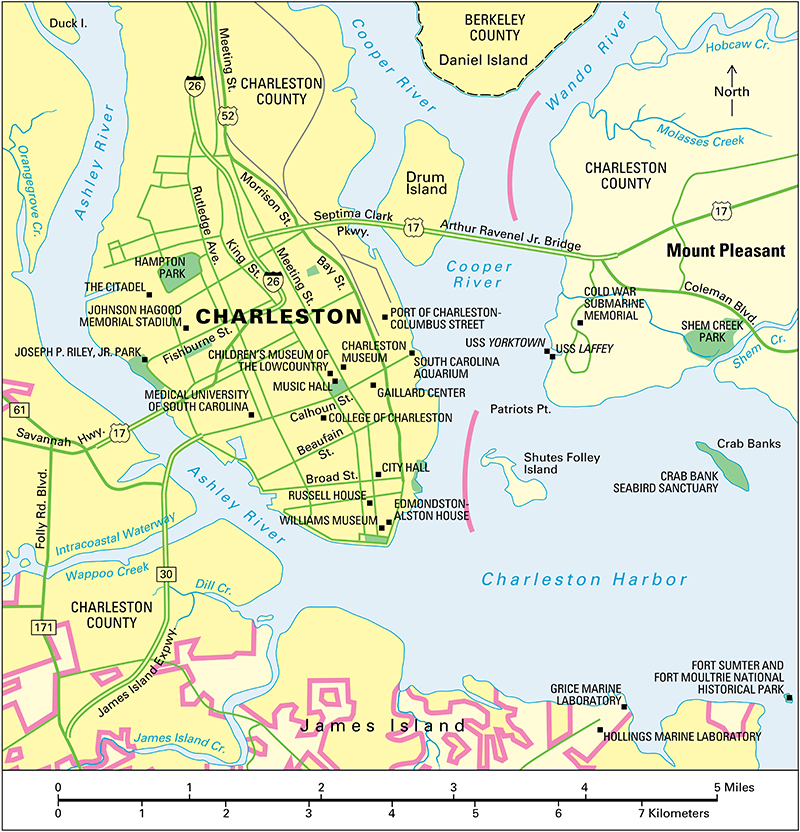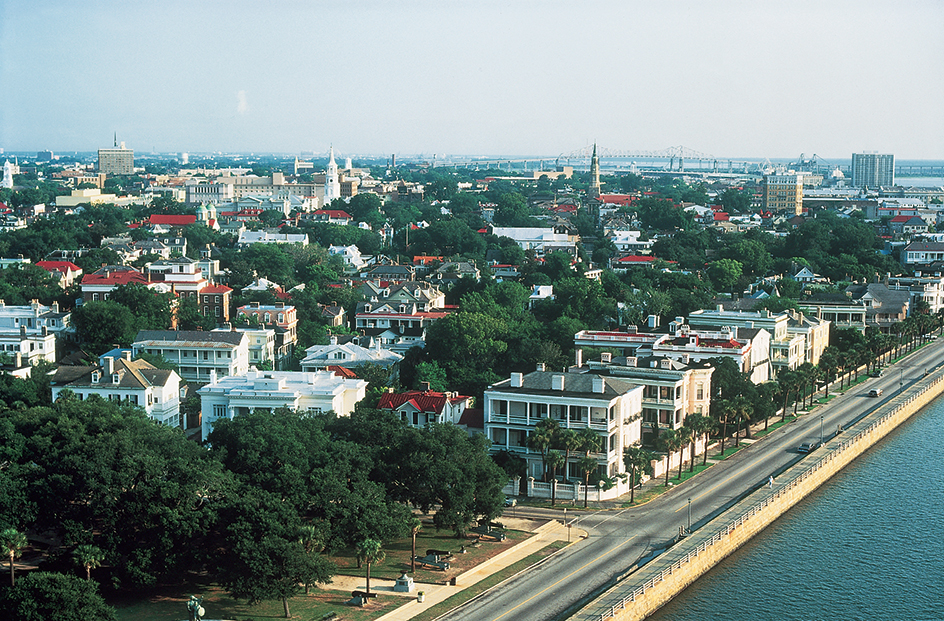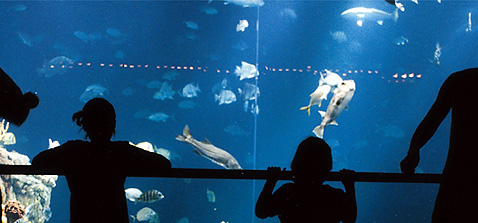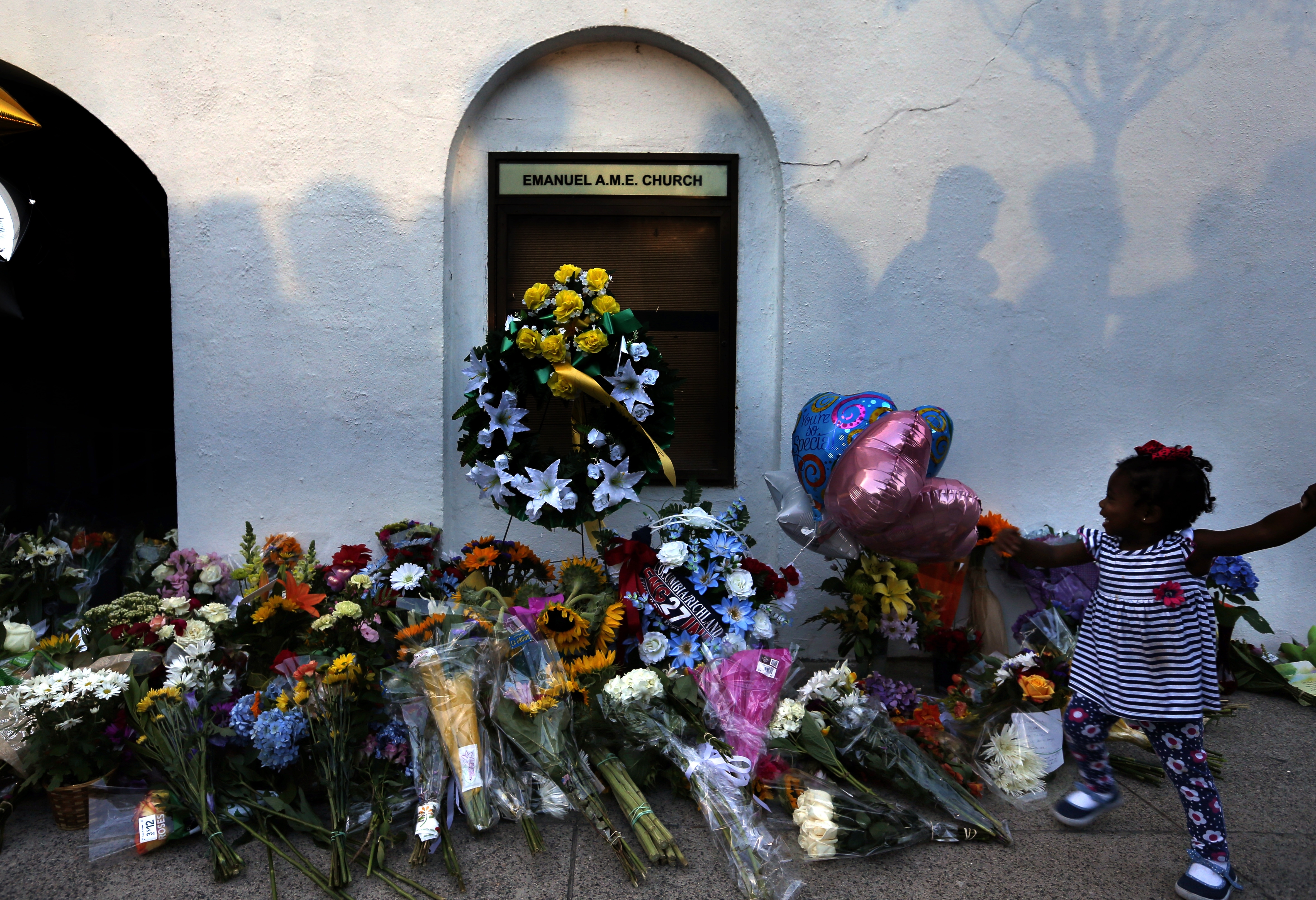Charleston, South Carolina (pop. 150,277; met. area pop. 799,636), is an important Atlantic Coast port and the largest city in the state. Charleston lies on a peninsula between the Ashley and Cooper rivers, about midway on the coastline.

Charleston was founded in 1670 and was named Charles Town for King Charles II of England. The city’s people changed the name in 1783. Many houses and other buildings in Charleston date from the 1700’s and 1800’s. The American Civil War began on the Charleston waterfront in 1861 when Confederate soldiers attacked Union troops at Fort Sumter in the city’s harbor.
The city.
Charleston is South Carolina’s chief port and one of the busiest container ports in the nation. The city’s manufactured products include aluminum, chemicals, steel, and transportation equipment. The main sources of employment in the city are the Medical University of South Carolina and the United States Navy.

Charleston’s economy also depends heavily on tourism. Many people visit the city’s Old and Historic District during the annual Festival of Houses and Gardens in March and April. Many visitors also attend the Spoleto Festival USA, an annual presentation of art, drama, and music, in May and June. The Charleston Museum, founded in 1773, is the oldest museum in the United States. The International African American Museum, which opened in 2023, stands on the former site of a slave-trading center. Also popular are gardens near Charleston, including Middleton Place Gardens, Magnolia Gardens, and Cypress Gardens. Middleton Place Gardens, established in 1741, are the oldest landscaped gardens in the United States.

The College of Charleston, founded in 1770, is one of the nation’s oldest colleges. A graduate school was established at the college in 1992. Charleston is also the home of Charleston Southern University; the Medical University of South Carolina; and The Citadel, The Military College of South Carolina.
Government and history.
Charleston has a mayor-council form of government. The city is the seat of Charleston County.
Indigenous (native) Kiawah, Sewee, and Wando people lived in what is now the Charleston area until the mid-1700’s. Most of the first European settlers came from England. Charleston was the capital of South Carolina from 1670 to 1790, when Columbia became the capital. Charleston was the wealthiest city in the South during the early colonial period. Its wealth came chiefly from exports of rice and indigo. Thousands of enslaved Black people worked on vast plantations that grew these crops. A deerskin trade with Indigenous people extended to the Ohio and Mississippi rivers and added to Charleston’s wealth. In 1831, the nation’s first regularly scheduled train service began in Charleston. The train’s locomotive was named Best Friend of Charleston.
During the American Civil War, the city suffered great economic loss. After the war ended in 1865, the construction of fertilizer plants and a naval yard helped Charleston recover. Revival of the port encouraged shipping and many other industries to come to the Charleston area.
An earthquake struck the area in August 1886, killing at least 60 people and damaging most of the city’s buildings. Charlestonians quickly rebuilt their city. By the late 1930’s, the city’s factories were manufacturing asbestos, oil, paint, rubber, and other products. Charleston also had a flourishing trade in fruit, lumber, seafood, and vegetables.
During the 1970’s, Charleston’s port was expanded, and parts of downtown were revitalized. A hotel and convention center, designed to harmonize with the city’s historic architecture, opened in 1986.
A major disaster struck Charleston in September 1989, when Hurricane Hugo tore through the city. The hurricane’s wind speed measured 135 miles (217 kilometers) per hour when it hit Charleston. Hurricane Hugo caused 18 deaths and $3 billion in property damage in the Charleston area.

